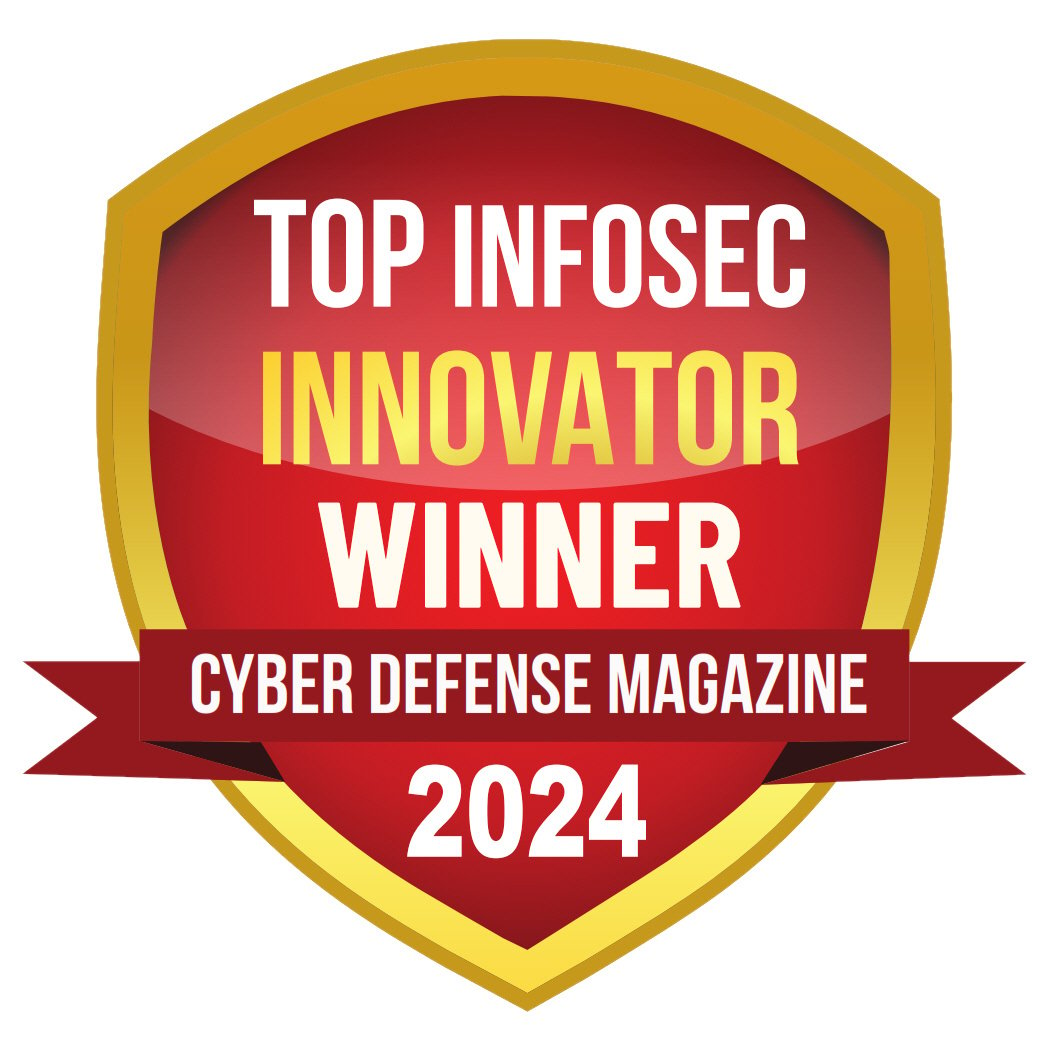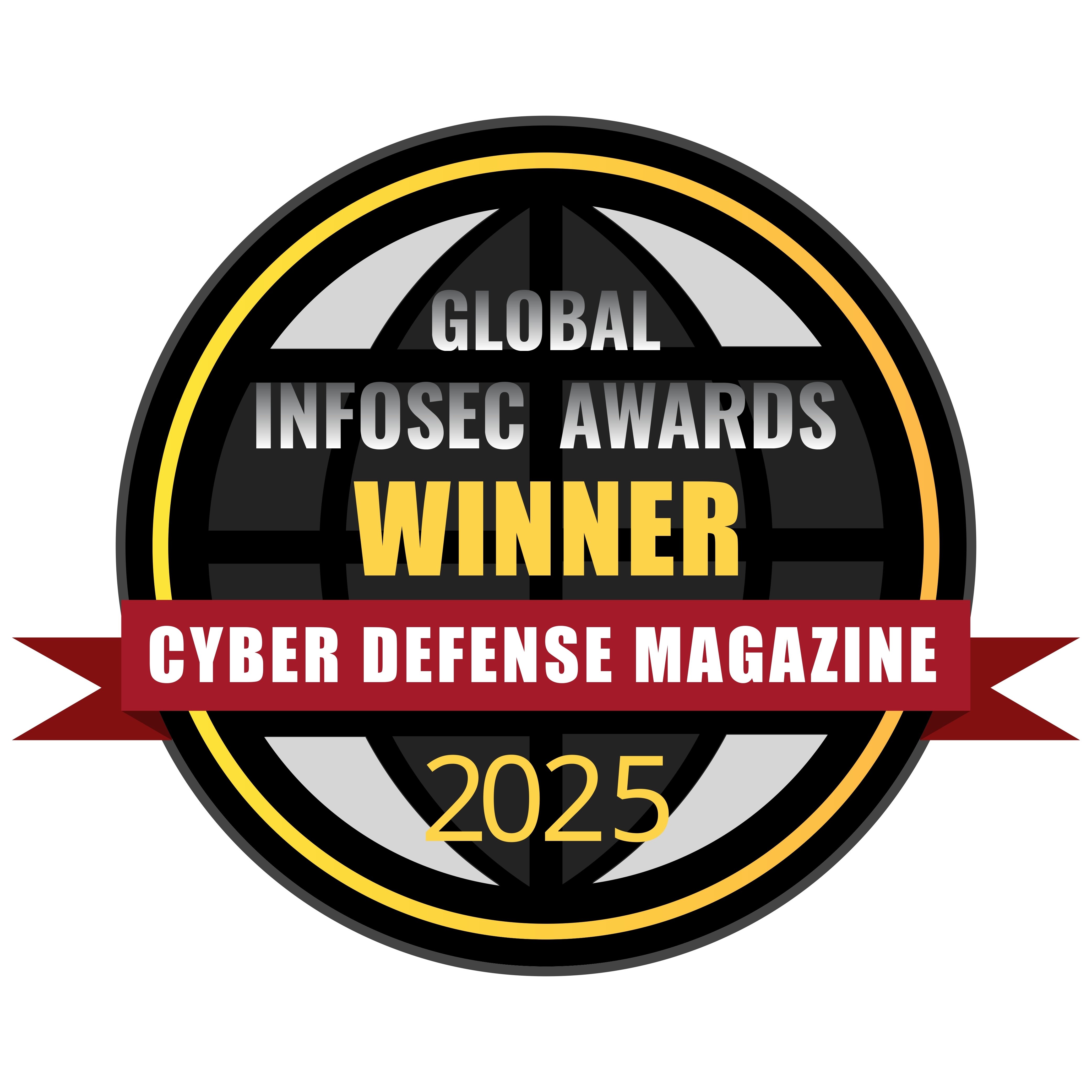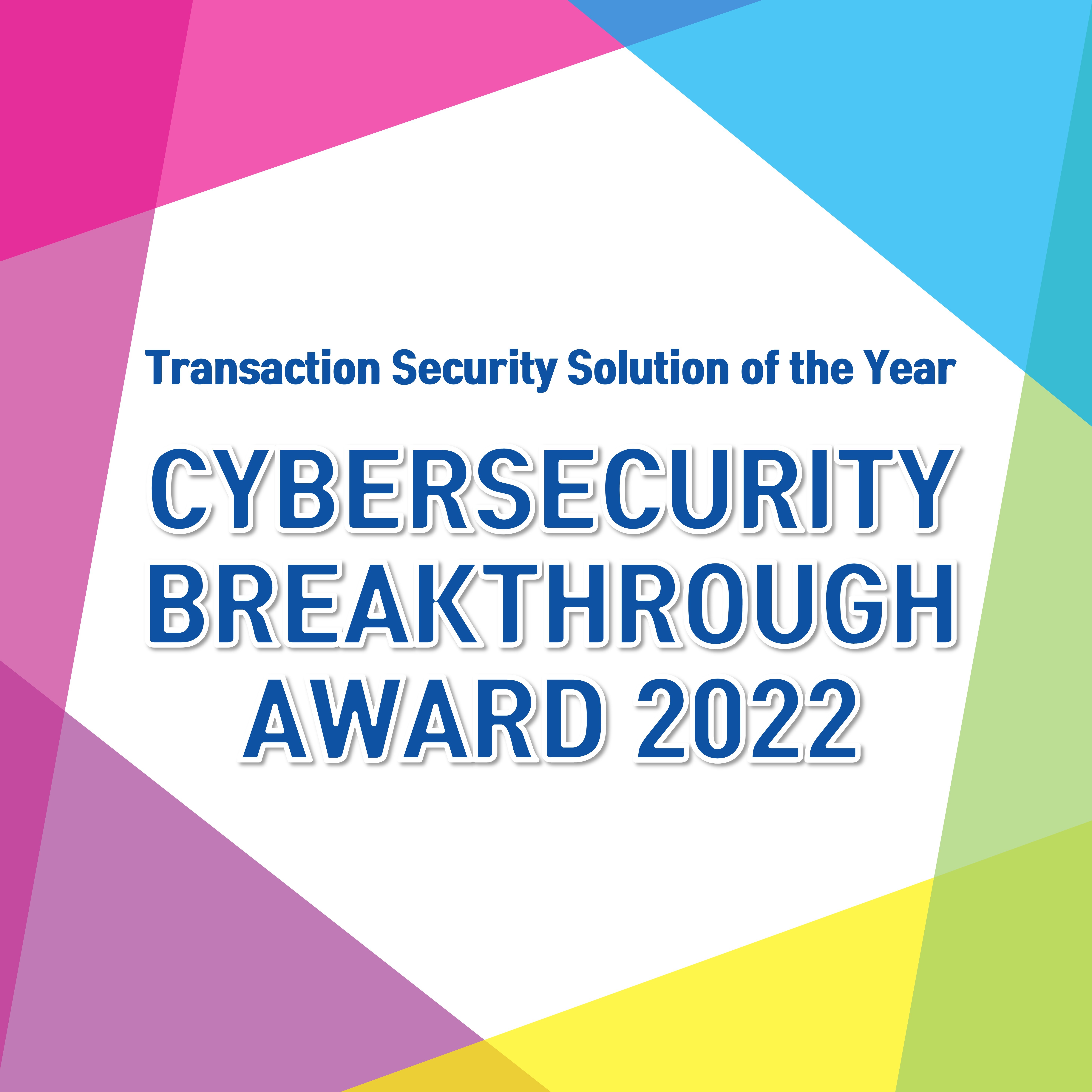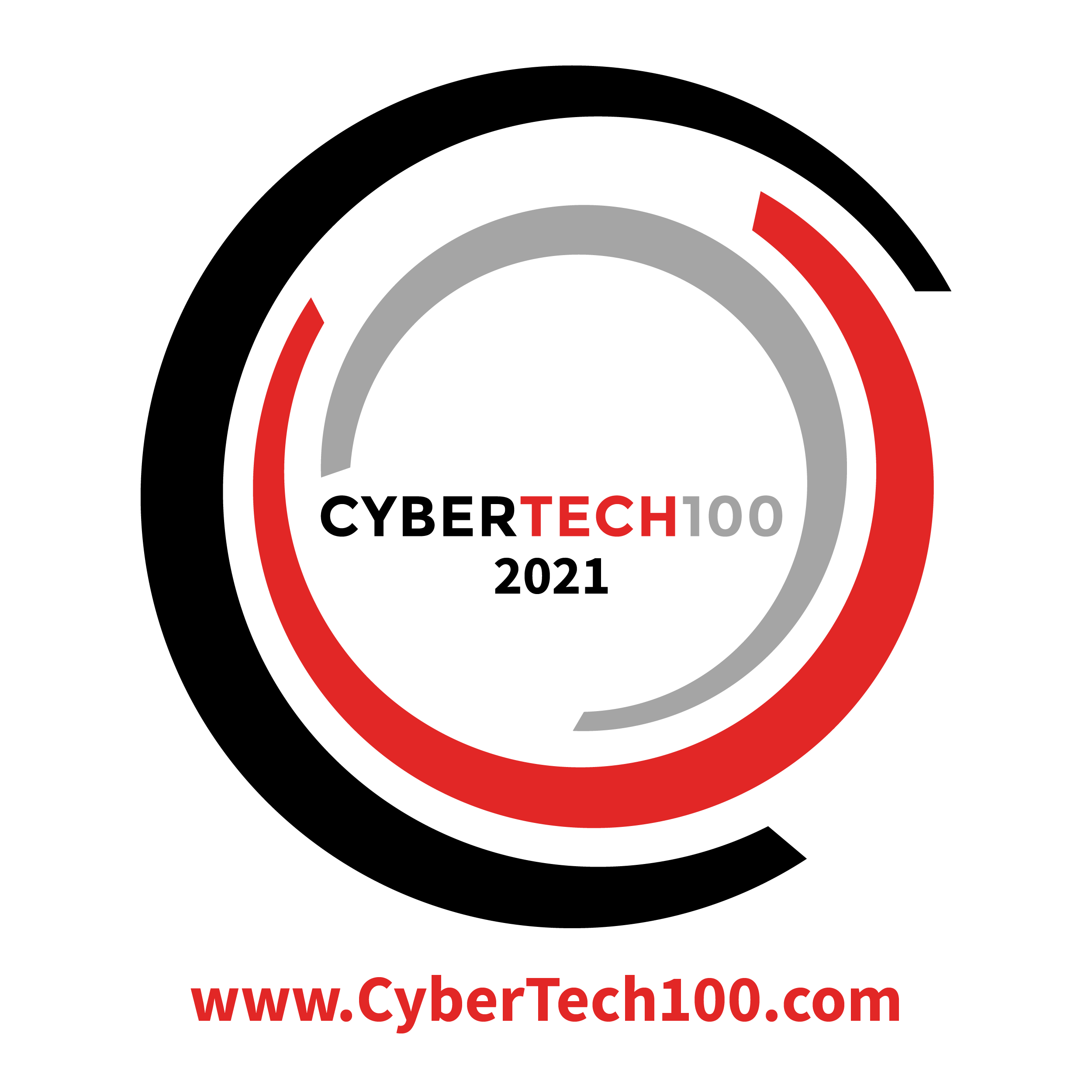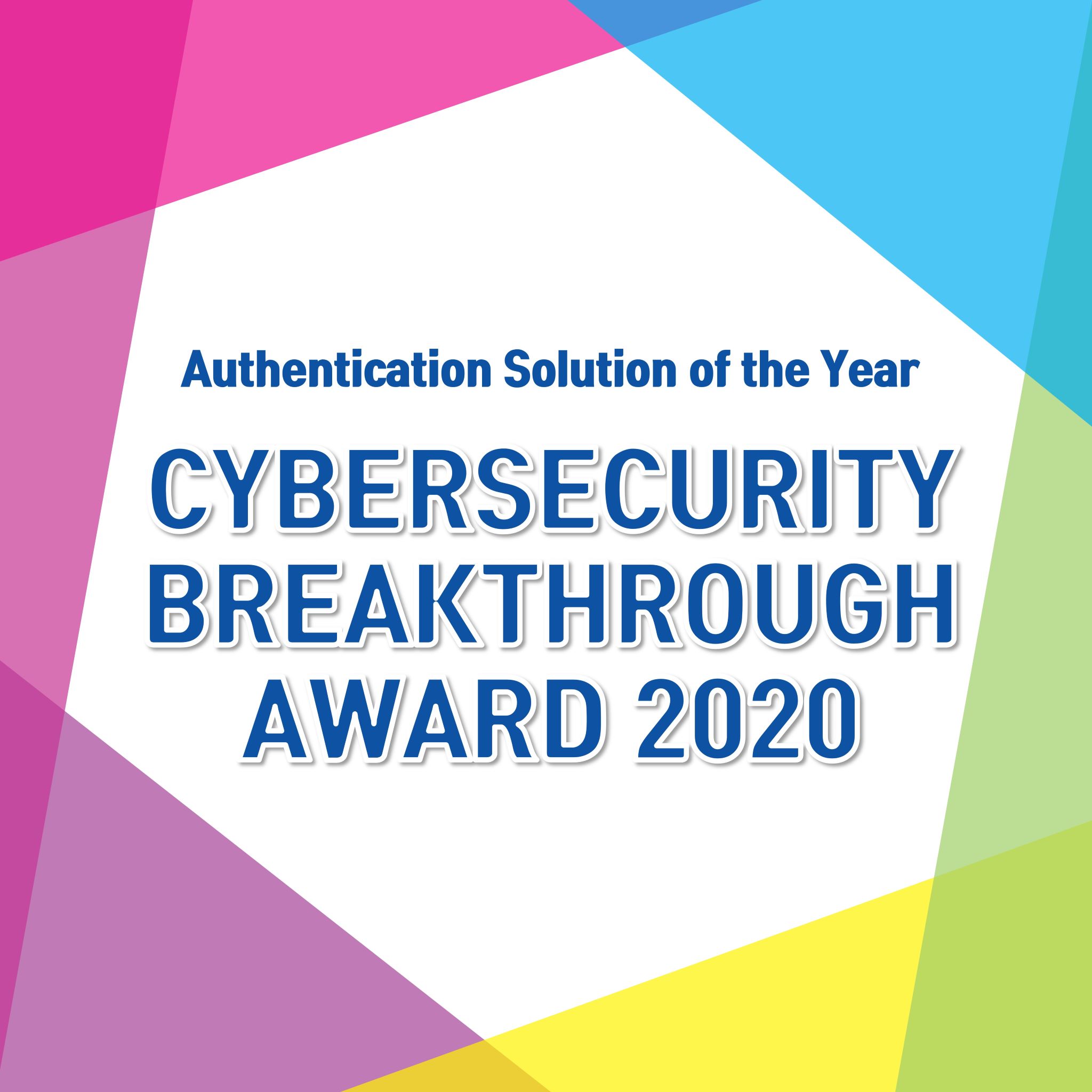Advancing IoT Cybersecurity for a Connected Future

Cyber Risks in IoT Networks
Internet of things (IoT) networks are becoming increasingly complex, integrating a wide range of devices across industries. With this expansion, the risk of cyberattacks targeting critical infrastructure grows. Securing IoT systems is essential as they control devices and systems that are integral to daily operations and essential services.
The Rising Threats to System Integrity and Business Continuity
IoT devices often serve as gateways to broader networks, and their compromise can lead to significant disruptions. With the growing interconnectedness of devices, particularly in industries like healthcare, transport, and energy, cybersecurity threats targeting IoT systems are escalating. These risks can jeopardise business continuity, public safety, and trust in critical services.
Notable Cyberattacks on IoT Systems

2025: Smart Building Control Systems Breach
In early 2025, an attack on a smart building management system compromised HVAC and lighting controls, exposing vulnerabilities in IoT devices used in commercial infrastructure. The breach led to unauthorised access to building systems, causing widespread service disruptions.

2024: Connected Car Hack
In 2024, hackers targeted a major car manufacturer’s IoT-enabled vehicles, exploiting vulnerabilities in the communication system. This led to remote control of certain car functions, highlighting the risks associated with connected car networks.

2023: IoT-Enabled Medical Device Attack
A cyberattack on IoT-enabled medical devices in a hospital network led to the tampering of patient data, putting lives at risk. The attack underscored the need for secure authentication and protection for IoT devices in critical healthcare environments.
Benefits of IoT Authentication Solutions
As the use of IoT devices expands, industries must ensure that their connected systems are protected from cyber threats. swIDch’s IoT Authentication Solutions enhance security by ensuring that only trusted devices can access vital network resources, providing robust protection across both OT networks and connected IoT devices.
Why IoT Authentication is Essential for IoT Systems

Enhanced Security for IoT Networks
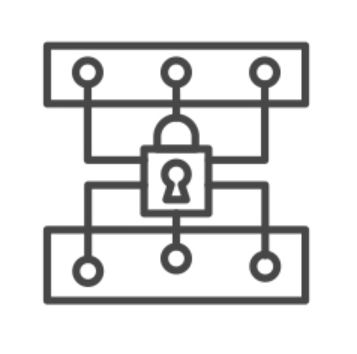
Secure Device Authentication

Robust Protection for Connected Cars and Drones

Resilient Operations in Unstable Networks
-1.jpg)
How IoT Authentication Solutions Enhance Security
IoT networks are highly susceptible to cyberattacks, requiring advanced authentication solutions to ensure their security. swIDch’s IoT Authentication Solutions provide dynamic, network-independent authentication, delivering comprehensive protection against cyber threats.
How It Enhances Security in IoT & Smart Devices:
🔹 Guarantees that only authorised devices and users can access critical IoT systems, minimising the risk of cyberattacks.
🔹 Secures devices like drones and connected cars, ensuring that only trusted devices can connect to IoT networks.
🔹 Provides secure authentication for remote workers and devices accessing IoT systems, ensuring protection across the entire ecosystem.
🔹 Uses dynamic authentication methods to eliminate weak passwords, making it harder for attackers to infiltrate IoT systems.
By integrating swIDch’s IoT Authentication Solutions, organisations can safeguard connected systems, enhance operational resilience, and protect critical infrastructure against evolving cyber threats.
-1.jpg)
IoT Security FAQs
-
swIDch’s OTAC (One-Time Authentication Code) solution strengthens security for IoT devices by generating dynamic, one-time codes, ensuring secure authentication without relying on static credentials. This eliminates the risks of hacking attempts and data breaches associated with traditional authentication methods.
-
Yes, OTAC can be integrated into a wide range of IoT devices across various sectors, from smart homes and healthcare devices to industrial machinery and connected vehicles, ensuring secure and scalable authentication for all IoT ecosystems.
-
OTAC does not require a network connection to generate authentication codes. This allows IoT devices, including those in remote locations, to securely authenticate users or systems without waiting for a network connection.
-
OTAC offers a scalable solution for fleet management by securely authenticating each IoT device individually, allowing for efficient and secure control of multiple devices simultaneously across various environments.
-
OTAC provides secure, seamless access to connected devices in smart homes without the need for complex passwords or biometric data. Users can authenticate and control devices such as smart thermostats, lights, or security cameras easily and securely, even when offline.
-
swIDch’s OTAC solution enhances drone security by generating dynamic, one-time authentication codes that ensure secure communication between drones and control stations. This prevents unauthorised control or hacking, even in remote areas with limited or no network connectivity.
-
OTAC secures connected car systems by allowing drivers to authenticate their access to vehicles using dynamic digital keys. This solution works in networkless environments, ensuring secure and uninterrupted access to the vehicle, even in areas with poor network coverage.
-
Yes, OTAC provides robust protection against unauthorised drone control by using constantly changing one-time authentication codes. This approach prevents hackers from gaining control of drones and ensures secure operation.
-
OTAC secures connected cars from external threats by blocking unauthorized access through dynamic authentication mechanisms. It ensures that only authorized users can control the vehicle or access key features, even in the absence of a network connection.
Award Highlights
